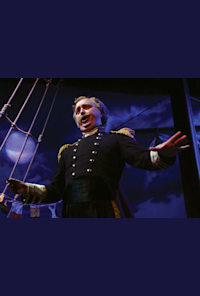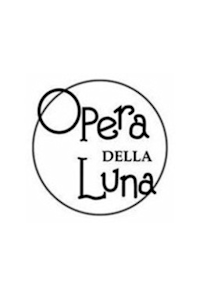

HMS Pinafore (H.M.S. Pinafore), Sullivan
Aqsam
Opera della Luna (2022)Informazzjoni minn organizzazzjoni tal-arti (Verifikat minn Operabase)
Starring:
Buxton Opera House, Buxton, United Kingdom
(+ 2 aktar)H.M.S. Pinafore by Sullivan, Minn (2022/2022), Immexxi minn Jeff Clarke,, Surmast Direttur Michael Waldron, Buxton Opera House, Buxton, United Kingdom
Produttur

(2022 Aww 03, 06, 14, 17, 20; Set 10)
Conductor
Stage director
Kast
Sir Joseph Porter
Captain Corcoran
(Capt Corcoran)
Ralph Rackstraw
(Able Seaman)
Dick Deadeye
(Dick Deadey)
IB(2022 Aww 14, 20; Set 10)
JL(2022 Aww 03)
Josephine
Cousin Hebe
(Hebe)
Mrs Cripps
(Little Buttercup)
Tgħallem aktar dwar il-kompożitur
Tgħallem aktar dwar ix-xogħol mużikali
